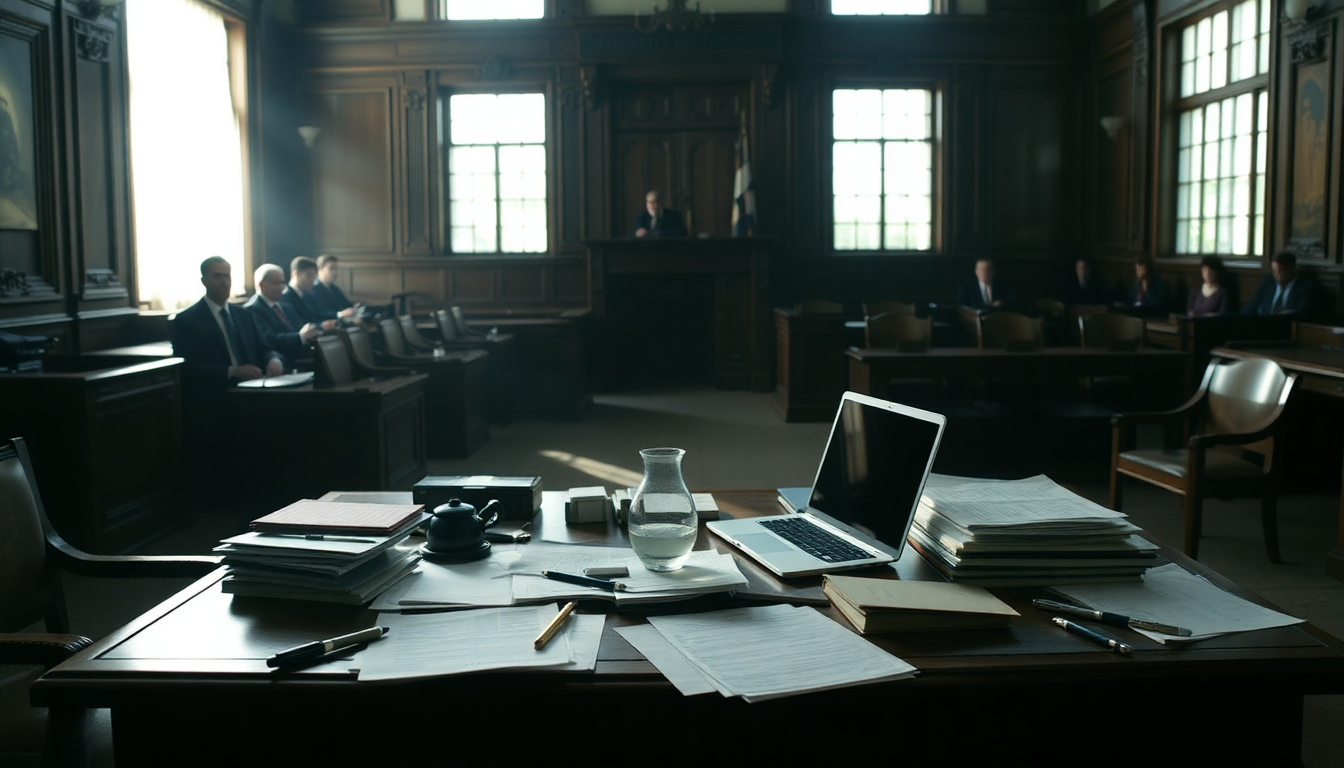Table of Contents
Takashi Miike’s ‘Sham’ invites us to dive deep into the murky waters of morality, all wrapped up in a thrilling courtroom drama that keeps you guessing until the very end. Based on a real-life case from 2003, this film explores the intricate dynamics of power, guilt, and perception, showing us just how much each character’s viewpoint can twist our understanding of the truth.
With a blend of gripping storytelling and ethical dilemmas, Miike challenges us to think critically about justice and what constitutes evidence.
Exploring the Narrative Landscape of ‘Sham’
At the heart of ‘Sham’ lies the shocking accusations against Seichii Yabushita, a school teacher who stands accused of abusing his student, Takuto.
The story kicks off with Takuto’s mother, Ritsuko Himuro, laying the groundwork for what turns into a nail-biting courtroom showdown. Miike’s storytelling style echoes Akira Kurosawa’s iconic ‘Rashomon’, where multiple perspectives peel back the layers of truth.
As we follow the narrative, we also hear from Seichii, who paints himself as an innocent victim ensnared in a web of lies.
This contrast ramps up the tension and pushes us to reflect on how the legal system interprets evidence.
The film’s structure compels us to confront our own biases and assumptions about guilt and innocence. As the courtroom drama unfolds, the boundaries between perpetrator and victim begin to blur, urging us to wrestle with our own moral compass. This deep thematic exploration of uncertainty resonates throughout ‘Sham’, making it a profound commentary on the intricacies of justice.
The Emotional and Ethical Undertones
Miike’s storytelling unfolds at a deliberate pace, gradually revealing the hidden motives of each character. As viewers, our emotional investment fluctuates while we navigate these conflicting narratives. The director masterfully employs close-ups that capture the characters’ internal struggles, allowing us to connect with their predicaments on a visceral level.
The emotional stakes soar, largely thanks to the standout performances from Ko Shibasaki and Go Ayano, who effectively embody both virtuous and morally ambiguous traits.
This dynamic acting elevates the film’s exploration of ethical dilemmas. As the plot thickens, we’re constantly challenged to rethink our judgments. The unsettling realization that the legal system doesn’t always deliver justice adds another layer of complexity to our viewing experience. ‘Sham’ nudges us to ponder the reliability of memory and testimony, pushing us to question what we see and hear.
Conclusion: A Journey Through Moral Ambiguity
In the end, ‘Sham’ emerges as a powerful examination of morality, leaving us with an unsettling sense of ambiguity. While the film hooks us with its captivating narrative and impressive performances, its conclusion might come off as a bit too tidy compared to the deep ethical questions it raises. Tying everything up in a neat bow can detract from the complexity that the film builds, leading to a feeling of dissonance.
Miike’s ambition to challenge our perceptions of truth and justice is commendable, even if the execution stumbles at times. ‘Sham’ stands as a testament to the power of storytelling in cinema, reminding us of the importance of perspective while shedding light on the murky waters of human morality. In a world where truth often feels just out of reach, Miike encourages us to stay vigilant and question everything, as we navigate the intricate dance between right and wrong.





